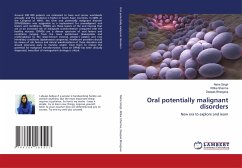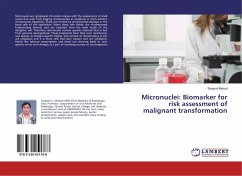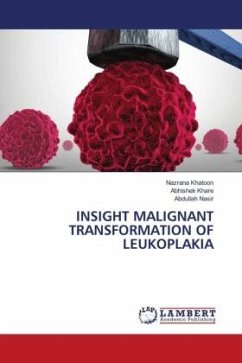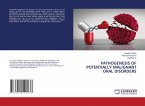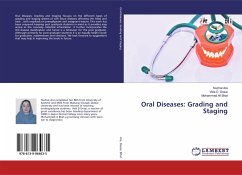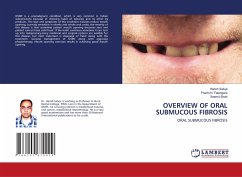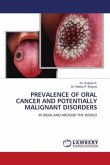Around 300 000 patients are estimated to have oral cancer worldwide annually, and the incidence is higher in South Asian countries. In 2005, at the Congress of WHO, the term oral potentially malignant disorder (OPMD)/lesion was suggested as a replacement for premalignant oral lesions and conditions. OPMDs are those lesions of the oral mucosa that are at an increased risk of malignant transformation compared with the healthy mucosa. OPMDs are a diverse spectrum of oral lesions and conditions ranging from the more well-known (leukoplakia and erythroplakia) to the lesser-known (reverse smoker's palate) and rare hereditary conditions (dyskeratosis congenita). Healthcare providers should be aware of risk factors and clinical manifestations of these disorders and should intervene early to monitor and/or treat them to reduce the potential for malignant transformation. Once an OPMD has been clinically diagnosed, execution of management strategy is critical.
Bitte wählen Sie Ihr Anliegen aus.
Rechnungen
Retourenschein anfordern
Bestellstatus
Storno

